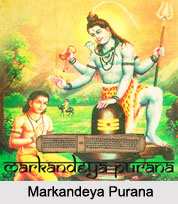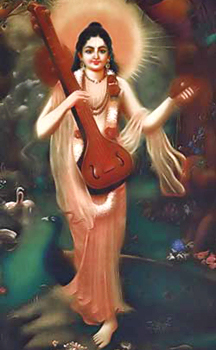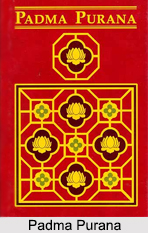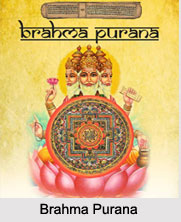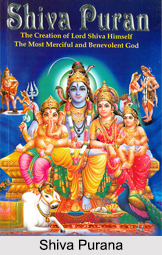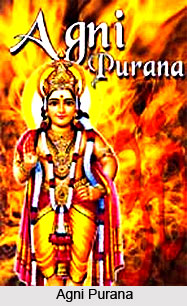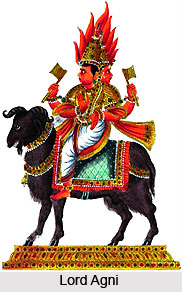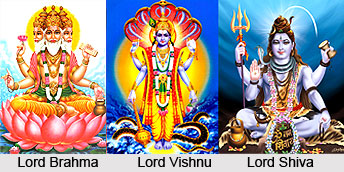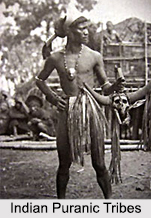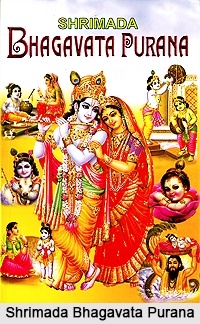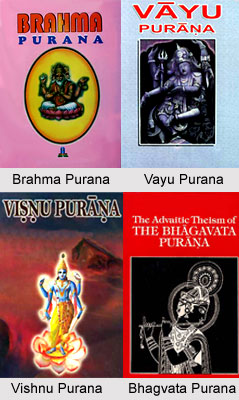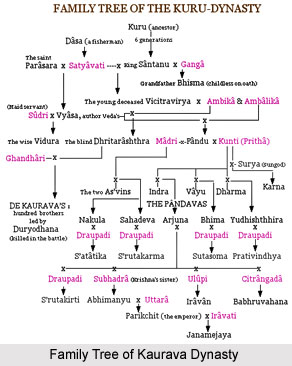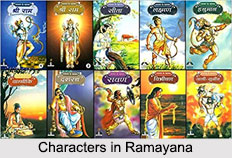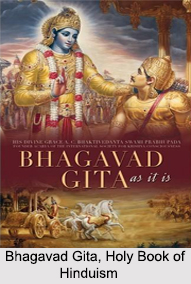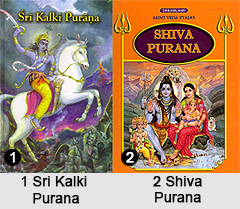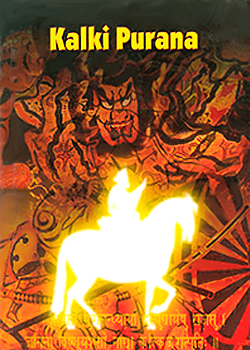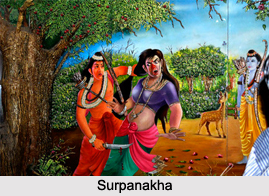One of the adhyayas in Agni Purana has described in detail the Dwadasi Vrata. The Dwadasi Vrata is performed on days of the twelfth phase of the moon`s increase or wane. The Dwadasi Vrata is said enables a man to enjoy the good things of the world and to attain salvation after death. The observer of the vow should either fast on the day of its observance, or take a single meal in the course of that day and night, or live on food obtained by begging. In the form known as the Madana Dwadashi, the observer of the vow should worship the god Hari and the god of love, on the day of the twelfth phase of the moon`s increase in the month of Chaitra, the effect of such an observance being the acquisition of all wished-for objects in this, life and salvation in the next life.
It has been narrated in the Agni Purana that the form of the Vrata, known as the Bhima Dwadashi should be practised on a Tithi in the month of Magha. The god Narayana should be worshipped on the occasion, by repeating the Mantra which runs as "Obeisance to Narayana," whereby he would be the happy possessor of all earthly possessions. The form of the vow known as the Govinda Dwadashi, should be practised on a similar Tithi in the month of Phalguna, while the form known as the Vishoka Dwadashi should be practised in the month of Ashvina, on the day of the twelfth phase of the moon`s increase, wherein the god Hari should be worshipped.
The Purana states that the man, who worships Krishna on such a Tithi as the above in the month of Magha, and makes gifts of salt to the Brahmanas, acquires the merit of making gifts of articles of all taste. In the form known as the Govatsa Dwadashi, calves should be worshipped. The day of the twelfth phase of the moon`s wane, coming on after the lapse of the month of Chaitra, is known as the Tila Dwadashi. It has been said that observer of the vow, should bathe with the seeds of sessamum oriental on his head, the Homa ceremony should be performed with the same article, offerings composed of sessamum, should be made to the god, libations of water containing seeds of sessamum oil should be offered to the gods and the Pitris, while lighted lamps, containing oil pressed out from the sessamum seeds, should be waived before the divine image. Gifts of sessamum should be made to the Brahmanas, and the observer of the vow will acquire the full merit thereof, by performing the Homa ceremony, while fasting.
Agni Purana says that form known as the Manpratha Dwadashi, should be observed on the day of the twelfth phase of the moon`s increase in the month of Phalguna. The man, who worships Lord Vishnu addressing him by such names as "Keshava," etc., on each Dwadashi throughout the year, practises the Vrata known as Dwadashi. The performer of such a Vrata, ascends heaven after death, and is exempted from visiting the hell. The performer of the Vrata, known as the Sumati Dwadashi should worship Lord Vishnu, on the day of the twelfth phase of the moon`s increase in the month of Phalguna. The form known as the Ananta Dwadashi should be performed on such a Tithi as the above, occurring in the month of Bhadra. The performer of the Vrata, known as the Tila Dwadashi, should worship Krishna on the Dwadashi Tithi in the month of Magha, marked by the asterism Ashlesha or Mula and perform the Homa ceremony by casting libations of clarified butter mixed with sessamum orientale into the sacrificial fire, and by repeating the Mantra which runs as "obeisance to Krishna."
Towards the end of the adhyaya it has been mentioned in the Agni Purana that the performer of the Sugati Dwadashi (Vrata which secures a good place in the next world) should first undertake the Vrata on the day of the twelfth phase of the moon`s increase, in the month of Phalguna, and worship Lord Krishna on all the subsequent Dwadashis of the year, by repeating the Mantra running as "O Krishna, O Krishna, I make obeisance to thee," while the Vrata known as the Samprapti Dwadashi should be practised on such a Tithi in the month of Pousha.

